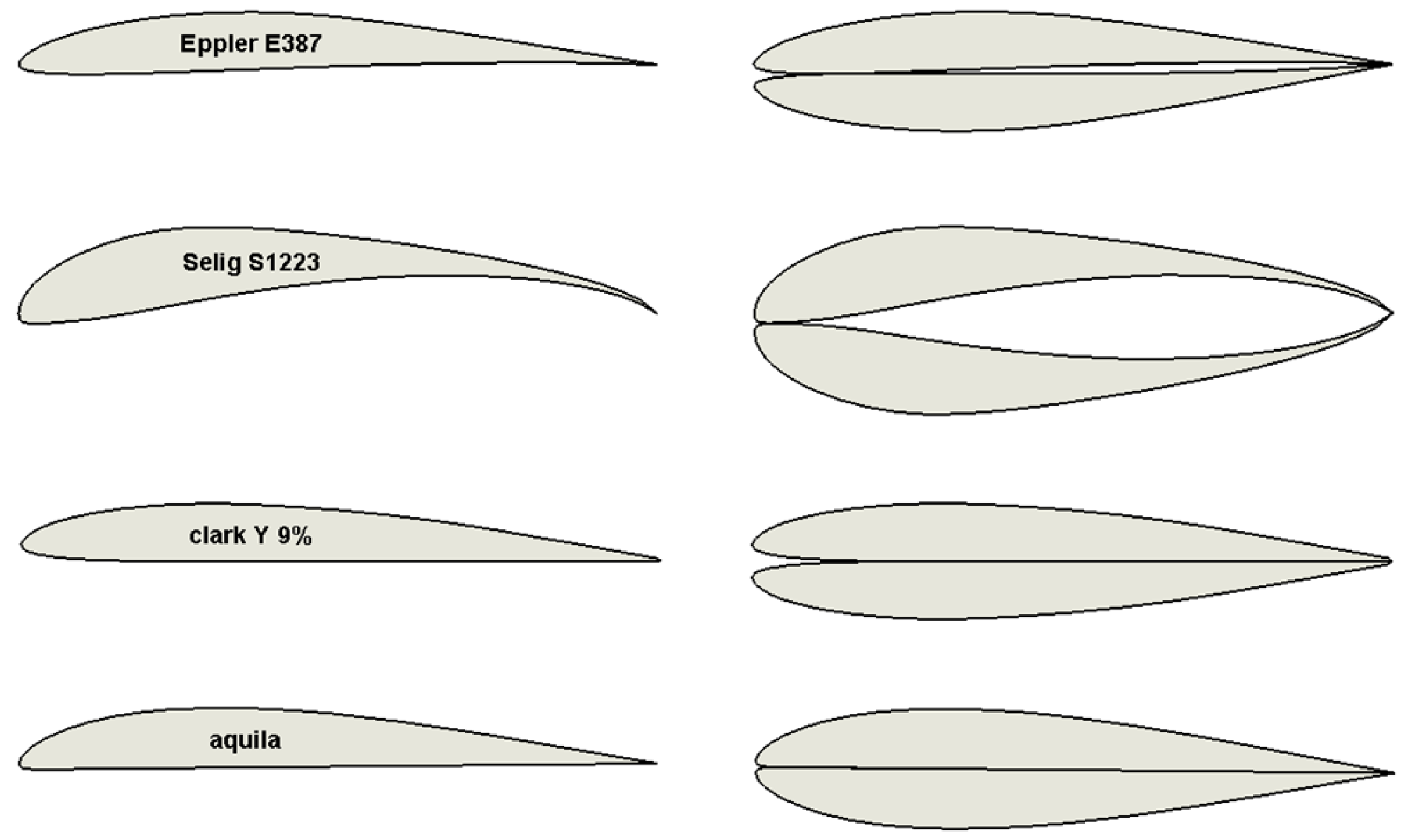

This document may accidentally refer to trade names and trademarks, which are owned by national or international companies, but which are unknown by me. Of the given material is not allowed, if the resulting product is sold for more The physics explanation, NEWTONIAN or ATTACK ANGLE: wings are forced upwards because they are tilted and they deflect air. If you use thisĭocument for a publication, you have to cite the source. You may use the data given in this document for your personal use. I cannot takeĪny responsibility for actions you perform based on data, assumptions, calculations This is a privately owned, non-profit page of purely educational purpose.Īny statements may be incorrect and unsuitable for practical usage. Me a copy of your e-mail after a month or so. If you have not lost patience, you might want to send It might take some time until you receive an answerĪnd in some cases you may even receive no answer at all.

Page] Suggestions? Corrections? Remarks? e-mail:ĭue to the increasing amount of SPAM mail, I have The MH 45 also appeared in : įlying Wings: Airfoil Design and Selection All of them seem to work quite well,Įven at Reynolds numbers below 200'000. Managed to escape from my test laboratory. The following airfoils were never intended for publication, but somehow The following four airfoils were published to improve the maximum lift coefficient compared to available, low c m.to cause only small torsion coefficients c m c/4, and.to achieve low drag values comparable to typical airfoils used on F3B.
#Airfoil wing series#
The main aims during the design of the MH 40 series and MH 60 series airfoils The winch, which often resulted in a complete disaster.
#Airfoil wing full#
A typical, asymmetric wing stall lead to a complete loss ofĬontrol, resulting in a high speed corkscrew flight path under the full power of The altitude, which is achieved during the high start phase of the flight, isĮxtremely important, the tailless models suffered badly from these airfoilĬharacteristics. Lift coefficient and an abrupt stall characteristics of these airfoils. This was caused by a rather small maximum Performance of these models was quite good, the high start performance and In the late 1980s, when the LOGO-team approached me with the wish for newĪirfoils, various airfoils were used for tailless F3B model planes. More details can be found in the links below. Sweep and twist usually cause a performance loss, whichĬan be minimized, by choosing airfoils with moment coefficients c mĬ/4 close to zero. Models, if their torsion moment is compensated by the appropriate combination of It is possible to use the sameĪirfoils which are used on high performance F3B The airfoil should be carefully selected. But if performance is an issue, as it is the case in contest flying, In principle, tailless model planes and flying wings can be equipped with anyĪirfoil. (main team members: Kaufmann, Wick and Wohlfahrt) Airfoils for Flying Wings and Tailless Airplanesĭesigned and built by the Swiss/German LOGO team.


 0 kommentar(er)
0 kommentar(er)
